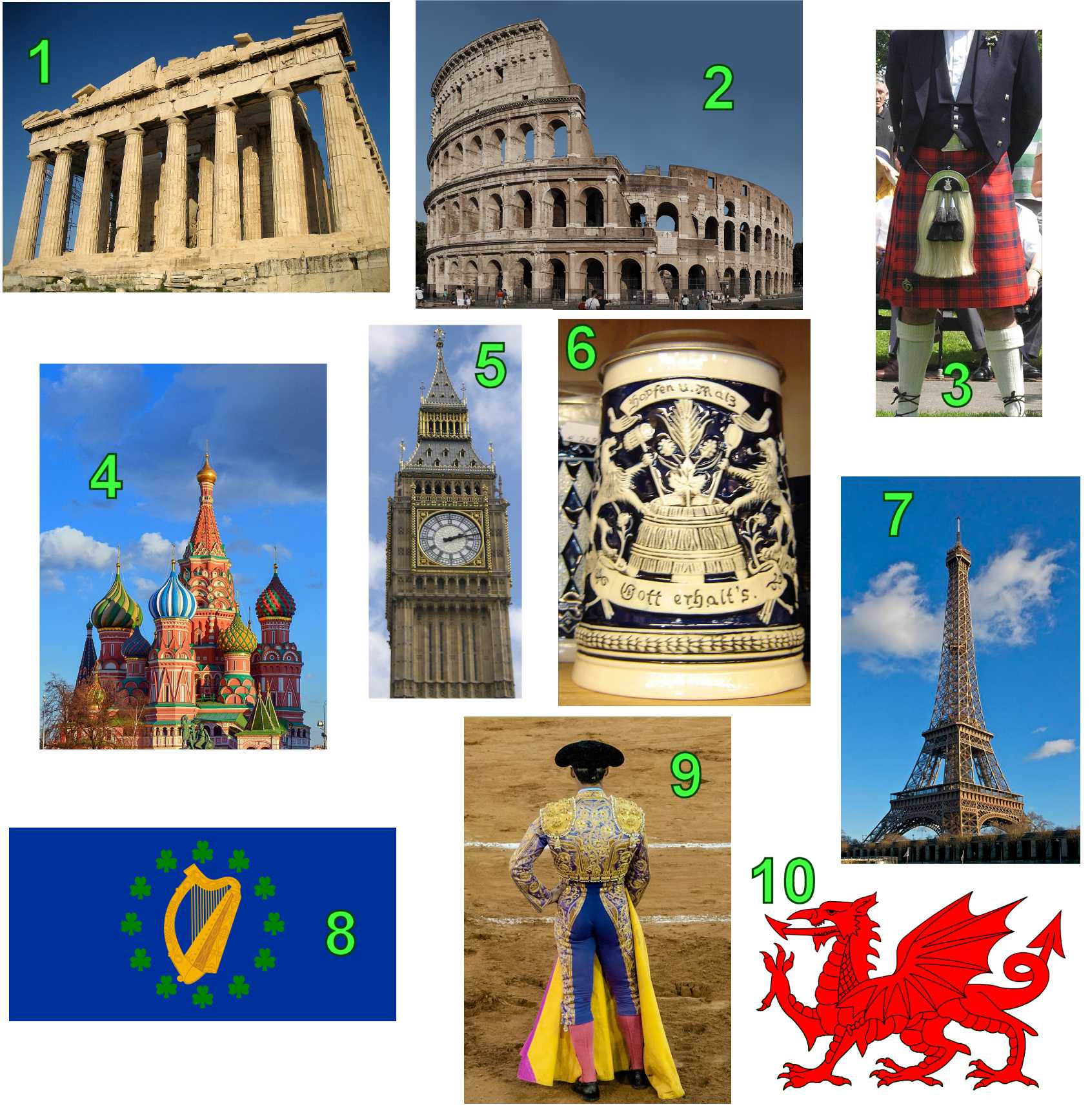
In the Rhythm Trivia Quiz
Poet Birthplaces
Can you match each of these poets with an image representing the country of their birth?
This is a renovated/adopted version of an old quiz by author cryptix
A label quiz
by looney_tunes.
Estimated time: 3 mins.
